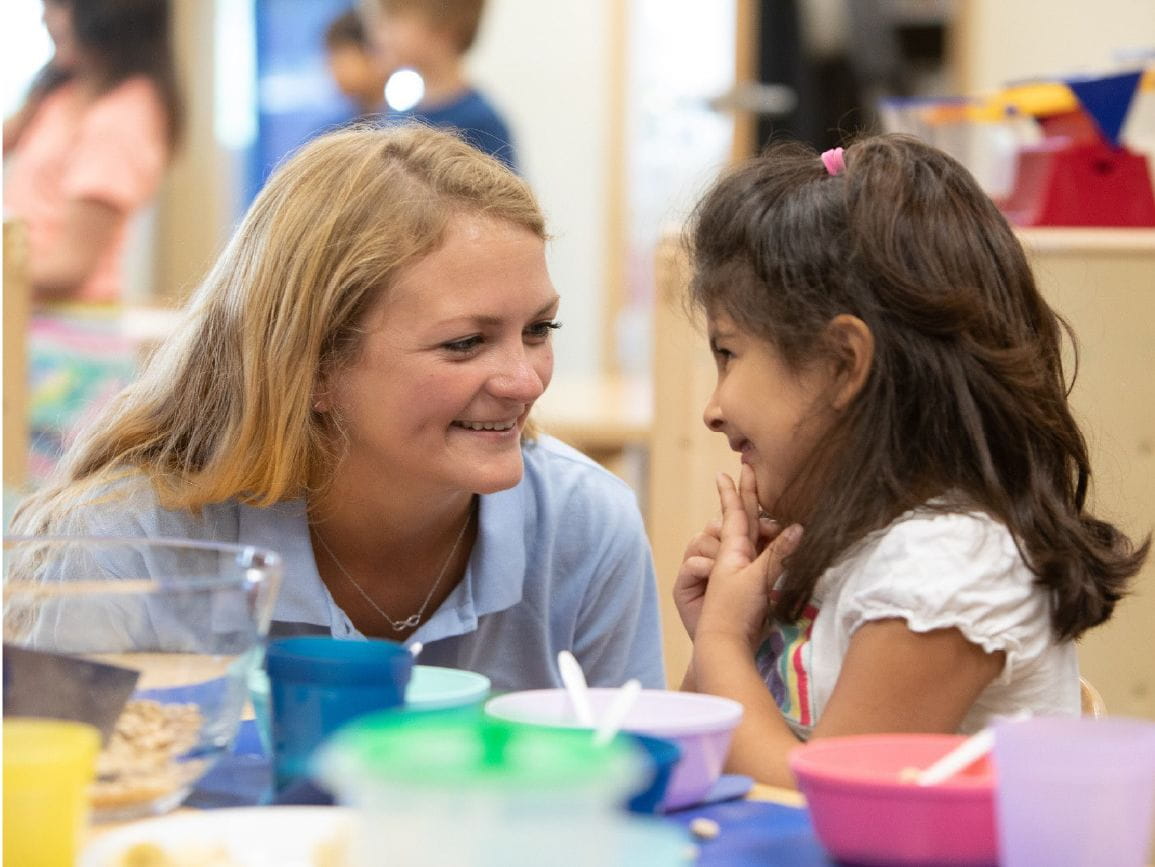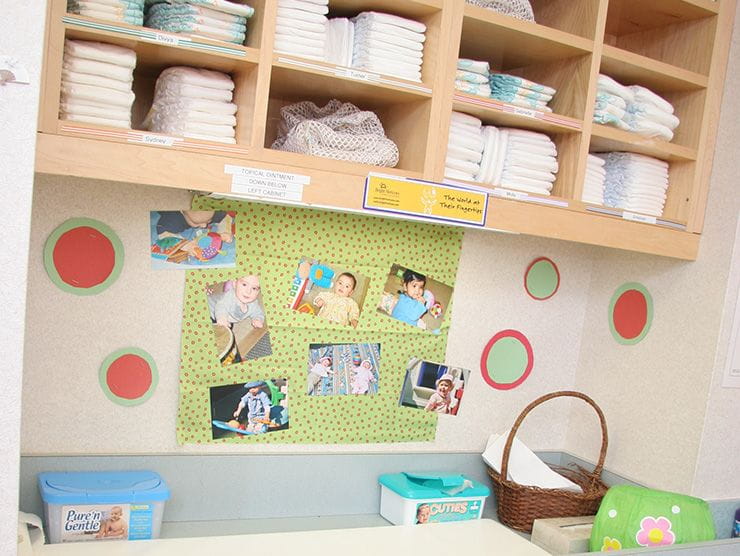“The world is full of magic things, patiently waiting for our senses to grow sharper.” –W.B. Yeats
One of the most delightful things about children is their sense of innocence and wonder, yet helping them maintain that sense of wonder can be challenging in our sophisticated, hurried society. Fortunately, cultivating childhood wonder and joy doesn’t require monumental effort, but rather, doing less of what doesn’t matter and more of what does. Quick, simple activities can make a big difference. In this article, we offer a few ideas for creating a wonder-filled home.
Tips for Cultivating Childhood Wonder & Creating Moments of Joy
Take a playful approach. We live in a culture that tends to mostly value that which has some practical application or benefit. We measure our days by work productivity, financial health, and completed to-do lists. The authentic life of a child, however, is much more qualitative in nature. Rich, meaningful play is at its core. Lucky is the child who has adults in her life capable of engaging in pretend play and silly games. Build margin into your schedule to allow for silliness, downtime, and play.Explore Nature. Children seem instinctively attuned to the wonders of nature. They don’t need anyone to tell them about the joy of walking barefoot through grass or the thrill of discovering a bird’s nest. What they need from adults is time and opportunity. Fortunately, nature study doesn’t have to be a big event. Go for a walk in your neighborhood. Claim a tree as your “family tree,” and observe it throughout the year, noting its changes. Set a birdfeeder outside your kitchen window. Bring a bowl of snow in the house and watch it melt. Get a membership to a zoo or natural history museum and visit frequently. These small, simple pleasures develop a love of nature. Furthermore, nature helps to foster children’s intellectual, emotional, social and physical development by teaching children skills like observation and analysis.
Read together. Since its heyday in the early 20th century, children’s literature has been a powerful creative and imaginative force. From Peter Pan and Winnie the Pooh to Harry Potter and Max and Ruby, good books allow children to suspend disbelief, explore new worlds, and meet amazing characters. Make reading together a tradition in your family. When reading to children, choose beautifully illustrated non-fiction books to help them discover the wonders of science, history, and nature. Read lovely children’s poetry to attune your child to the beauty of language and metaphor. Dive into high-quality children’s fiction that rouses imagination and encourages deeper thinking, sparking your child’s intellectual curiosity.
Limit technology. Technology can be a wonderful tool for researching new topics and answering questions. Well-chosen movies can inspire a sense of wonder and joy. Yet, technology used indiscriminately can dull the imagination. Set technology limits and choose what your children consume wisely. Avoid media that seems cynical or sensationalized, including news shows. Children should not be burdened with information that is too adult in nature. They have neither the cognitive nor social-emotional skills to process this information.
Cultivate beauty. Routines and schedules keep us on track and help children feel safe, but think about developing routines that go beyond the merely practical. Incorporate rituals and traditions that nurture beauty, wonder, and peace. Simple pleasures like lighting a candle and listening to lovely music with dinner or taking 10 minutes at bedtime to talk with a child about his day create moments of joy. These rituals will vary from family to family and shouldn’t feel like a task. Well-chosen rituals can foster an environment that invites us to hush, slow down, and enjoy the peace of a slower pace.
Joy and wonder isn’t a luxury for children, but a necessity. Small moments of joy and a feeling of wonder can give children meaning in a sometimes chaotic world, building a sense of “rightness” and resilience from which they can draw in the years to come.
More on This Topic- Looking for little, everyday moments of joy can help manage your stress. Discover some of the small things that make parents happy.
- Learn how you can maintain healthy technology usage among your children.
- Read about how one mom associates the joy and wonder of a meteor shower with the anniversary of becoming a parent.
- Try these fun nature walk ideas to help share and explore the outdoors with your children.





